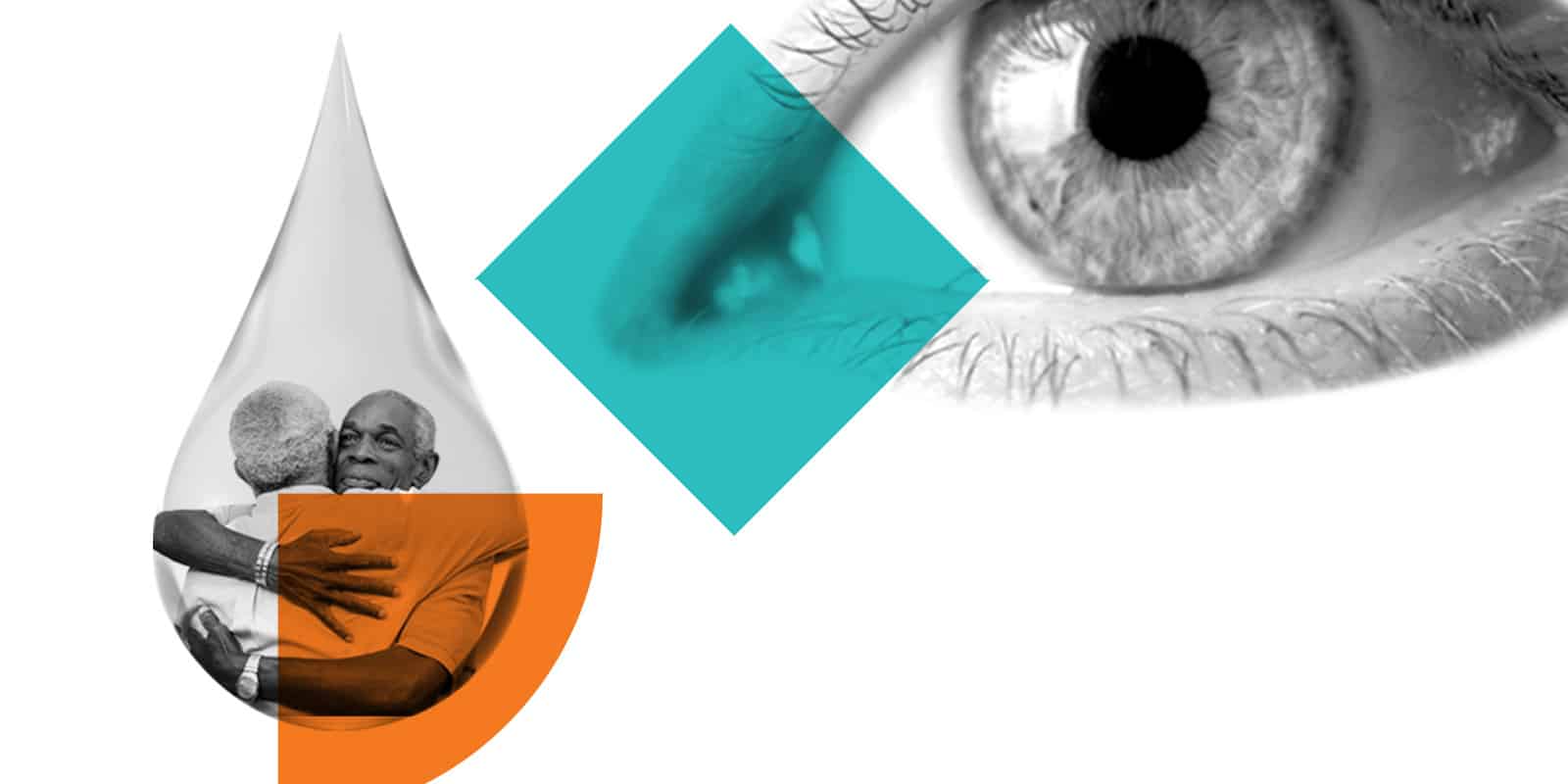Growth Trends 2023: Masculinity, rewired

By Ed Sellier, Strategy Lead
Masculinity is in a state of flux. A quest for greater equity in the workplace and more balanced responsibility in households has meant that the roles that men play need to diversify. Hans Rosling points out in his acclaimed book Factfulness that small changes in a culture compound with time and trajectory. We’re in the middle of a series of incremental positive challenges to masculinity in a society evolving steadily away from a patriarchy.
Since 2015, the phrase ‘toxic masculinity’ has risen in prominence. Yet widespread use risks painting all types of masculinity as dangerous and rotten, at the expense of varied and nuanced.
In July 2022, Welsh scaffolder Jamie Busby called out the Daily Mail after the news platform published a story labelling construction workers “woke” for discussing their feelings with colleagues. His response garnered praise in challenging mainstream narratives that men in manual industries need to close off their emotions to exist within a culture of bravado and machismo.
In this shift, masculinity, or manliness, strives to encapsulate a new code in society—one where all men feel comfortable in vulnerability, rather than stoically feigning achievement, power, and conquest.
- With two million more UK women in work than in 2010, and growth in top management roles up by +25% (ONS, 2022,) masculinity needs rewiring to account for a shift away from “Default Male,” as Caroline Criado Perez writes. It’s up to men to adapt themselves to a more inclusive modern work culture built upon merit and collaboration.
- Research from Amplify’s Young Blood series on ‘Modern Masculinity’ showed that 86% of 18-25-year-old cisgender men and 95% of transgender men think men face body-shaming and pressure to look a certain way. The tension between traditional codes of stoic, emotionally compartmentalised masculinity and a more subversive, modern spectrum, is creating space for open conversation and powerful solutions.
- UK charity Mates In Mind report that men in construction are three times more likely to die by suicide than the national average for men. Mental health advocates like Jamie Busby are critical voices within the industry, destigmatising the perceived weakness in open conversations between men in male-dominated industries.
People buy into brands that reflect them as an individual within a wider culture. The cultural capital this creates builds desirability. With men’s roles in society evolving across workplaces and home life, what’s important and valued is changing too.
As it stands, brands have a long way to go in representing masculinity beyond traditional stereotypes of breadwinning physicality and grit-at-all-costs. Yet there are some positive examples of brands finding their way in an era of male vulnerability.
In 2007, deodorant brand Lynx ran a campaign showing a young man attracting thousands of bikiniclad cavewomen by spraying himself. Just a decade later, that same brand ran the ‘Is it okay for guys…’ campaign empowering men to reject the stereotypes the brand had helped create. The brand now ranks second only to Nike in its representation of inclusive masculinity according to young men in Amplify’s ‘Modern Masculinity’ research.
Perhaps the biggest sign of evolving masculinity lies in mainstream broadcast TV’s representation. In October 2022, ITV ran its fifth spin-off panel of Loose Women called Loose Men, featuring presenters Andi Peters and Ore Oduba, street dancer Jordan Banjo and celebrity barrister Shaun Wallace. The panel covered a variety of challenging topics such as men’s mental health, loneliness, and body image.
Masculinity needs rewiring to account for a shift away from ‘Default Male’
The growth opportunity:
‘Brand’ is the apex of the marketing mountain, built on a synthesis of the famed Ps and how they show up in a world representing masculinity as an evolving spectrum. Here’s how the Ps should evolve for growth, integrating a more modern masculinity.
- Product: The products that succeed in the future will be designed across a spectrum of needs that are often difficult to discuss in open conversation. UK pharmaceutical brand Manual is creating products and consultative services that empower men to deal with health issues such as hair loss, sleep disorder and erectile dysfunction holistically, rather than with a quick fix.
- Placement: Shopping repertoires are enhanced through greater access to brands through vertical and horizontal marketplaces, allowing people to find specific solutions with ease. Testing newer platforms and marketplaces such as Shopify, TikTok and Pinterest will widen the discovery and distribution footprint for men seeking modern solutions in more discrete places.
- Promotion: The era of content creators across multimedia platforms presents opportunities for brands to vary their communication mix. Podcast series such as Dope Black Dads and content platforms like The Book of Man have built new communities and networks of men managing and embracing their vulnerability.
- Price: The spectre and reality of economic hardship is placing huge pressure on all households. Brands should consider additional value propositions (including and beyond price changes) to support people across the masculinity spectrum in coping with rising inflation.
- People: Within your organisation, empower wellbeing and mental health advocates to encourage and support conversation among men, with their female colleagues as allies. In treating masculinity within your organisation in a sensitive manner to motivate the workforce, brands can present themselves safe in the knowledge that they practice what they preach.
3 things to do today…
Portray masculinity as a spectrum, not a singular code.
This grants your brand and product access to supporting more men across the vulnerability spectrum. If you have cultural gaps to fill in, be sure to conduct qualitative research to enrich quantitative tracking for whether and how men interact with your brand.
Lead and shape the conversation around modern masculinity.
Portrayals in advertising need updating for society to progress. Masculinity as seen through a deodorant-spraying, heterosexual, sex-starved bloke has moved on. Now is your chance to shape perceptions in the world and within your organisation, encouraging open conversations around empathy and sensitivity.
Show your own vulnerability.
As we fall on hard economic times, growth at all costs will never foster an environment where vulnerability is accepted and championed. As an employer and product or service for customers, go back through the annals of your brand history to tell stories of your own company’s vulnerability and how you overcame it.
Fill in your details below to download a full copy of the 2023 Growth Trends report.











